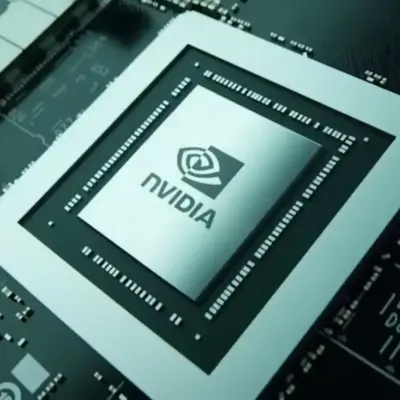According to reports, Microsoft has been experimenting with integrating OpenAI’s language AI technology into its Office lineup of applications, which includes Word, Outlook, and PowerPoint.
For their ability to produce text and images, OpenAI‘s intuitive technology products, such as ChatGPT and Dall-E 2, have become online sensations. Many people have made assumptions about the ethical and practical use of ChatGPT. Microsoft is attempting to make better use of the company’s AI models, though. The Information claims that the business has already updated its autocomplete feature with a version of the OpenAI GPT text-generator model.
Additionally, Microsoft has been testing GPT AI model functionality in Outlook and PowerPoint. These include tools that enable users to locate Outlook search results in email inboxes using speech-like AI-driven commands rather than keywords.
Additionally, AI models for Outlook and Word will propose email responses or offer edits to documents to improve writing abilities. There is no information yet on whether this use will eventually be incorporated into consumer-facing versions of Microsoft Office or if the company is merely exploring the GPT model’s potential.
Nevertheless, Microsoft invested $1 billion in OpenAI in 2019, and according to the report, “acquired an exclusive license to the underlying technology behind GPT-3 in 2020,” before this practical application of the GPT technology.
Microsoft may be aiming to integrate the GPT AI model into its Bing search engine in addition to its Office suite to compete with Google. According to The Verge, this could be the item that is most likely to be released, with a potential release date of March.
BARD – an important next step on the Google AI journey
Adding more sophisticated AI text-generation features to Microsoft’s productivity programs will be a difficult task. The most important one is precision. Any kind of document generation or sophisticated integration would be challenging because ChatGPT still has the propensity to offer false information as fact.
Privacy is another big problem. Microsoft will need to alter its models so that users’ data isn’t compromised. According to The Information, Microsoft has been developing privacy-preserving models using GPT-3 and the GPT-4 standard, which has not yet been made public. According to reports, Microsoft researchers have had some early success training big language models using sensitive information.
These models might be used by Microsoft to extract and condense data from Teams Meeting transcripts, then incorporate images created by OpenAI’s Dall-E 2 image-generating model into PowerPoint presentations. It’s been stated that researchers have shown Satya Nadella, CEO of Microsoft, their work on Office integration, although it’s unclear if and when these GPT- or Dall-E 2-powered models will be included in Office products.




